Stealth, Sunray fly-lines and sneaking up on fish
The last two years have been one hell of a fly-fishing experiment.
A major highlight of life as a freelance copywriter is getting to hear about new products and services – and, better still, writing about them – long before they reach the general market. In the last few months, for instance, I’ve written copy and created marketing concepts for a major financial services brand, a horticultural charity and a recruitment company. It’s fairly unusual to work with anyone directly involved in the fly-fishing industry, but earlier this year I also got to do some development copywriting for a new fly-line business, and that’s how I came across Tom Bell and his Sunray lines.
Now, I’ve been an ultralight fly-fishing freak from way back. There’s nothing more satisfying than putting the sneak on a big, wild, wary fish, preferably with a dry fly and a rod as long and light as you can get away with, and at this end of the game, it’s those tiniest margins of stealth and lightness that often seem to make the difference.
Ultralight lines and delicate furled leaders were one thing, but when Jeremy Lucas published his excellent book Presentation Fly Fishing last year, it immediately grabbed my fullest attention. Jeremy’s proposition centred on tweaking a basic Euro-nymphing leader into a micro shooting head for fishing dry flies, by adding a short length of thicker, heavier braid to a thin 0.47mm copolymer running line.
I spent the summer of 2014 testing this rig to its limits, discovering that it did indeed deliver supernaturally delicate presentations and astonishing drag-free drifts – to the extent that you could get away with lining spooky fish repeatedly, and still catch them once you landed your fly in the right current lane. The envelope had definite edges in terms of range and accuracy, but if you really bore down, you could usually deal with the first by means of stealthy wading (sometimes on hands and knees, making good use of SWAT-style knee pads), and the second didn’t matter so much when you could make multiple presentations over the same fish. By the end of last season, Jeremy’s presentation leader had helped me land wild trout over 3lbs on dry flies, and I was a happy man.
Come spring 2015, and the brief from Tom to work on his Sunray copy, and I spotted a new, full-geek level of possibility. Sunray lines, I learned, are all about micro-thin diameters: light-absorbing compound coatings bonded to barely-there monofilament cores to make lines that were significantly thinner and sneakier than anything we’d seen before.
Intriguingly, the range included a FIPS-competition-legal 0.55mm Euro-nymphing line. Would this work better than 14 metres of copolymer as the running line behind Jeremy’s ultralight shooting head? It did. Accepting a little more sag off the rod tip, and a little more drag as a result, the infinitesimal extra mass of a real fly-line gave much more accurate dry fly presentations on this hybrid rig.
Of course, as you’d expect, the Sunray World Championship Nymph line also runs exceptionally well in its original spec on the same class of 10ft 2wt rods: practically invisible, super sensitive, and capable of cutting through water with virtually no resistance when a good fish takes your fly. This final benefit hit me rather forcibly when I suddenly landed a personal-best 19” grayling from a torrential stretch of the Aa in France, followed by an unsolicited 7lb salmon on 3lb tippet from the Ken in Galloway. Without such a line as part of a finely balanced system, I’ve no hesitation in saying, neither of those fish would have come anywhere near their brief encounter with my landing net…
In the meantime, another piece of the jigsaw had also slotted into place. Have you read Jeremy Lucas’ book? I asked Tom one day. Highly recommended, and he might like to talk to you about lines too. Within a matter of months, the Sunray Jeremy Lucas Presentation Line took flight – a new taper that delivers on much of the low-impact-stealth-and-dry-fly-delicacy promise of the original micro shooting head idea, while firmly staking all the problems of accuracy and range (though further research with this taper shows that you’ll also start paying with rising levels of sag-and-drag under some circumstances, so this line has definitely developed, or departed from – take your pick! – the pure original concept behind Presentation Fly Fishing). Humans are notoriously wired with short memories and a frantic yen for the Next Big Thing, but the JL line went to Slovenia with me in September, and now I’m kinda wondering how I managed to catch any fish at all before this summer…
Over on his North Country Angler blog, Matt Eastham suggests quite rightly that Sunray’s products are fast gaining a cult following which threatens to expand into widespread acceptance some time very soon, and until then it’s great to be here on the ninja-stealthy-when-everyone-else-is-crashing-around-in-great-big-jackboots ground floor.
In 50 years’ time, it’s perfectly possible that we’ll be feeding hologram flies to trout on the end of weightless fibre-optic or force-field fly-lines. Meanwhile, it seems to me, all the ongoing UK-based R&D behind this new generation of Sunray lines is giving us some of the most intriguing ultralight presentation gear in the game today.
Like I said… it doesn’t happen often, but I’m glad copywriting and fly-fishing sometimes converge.
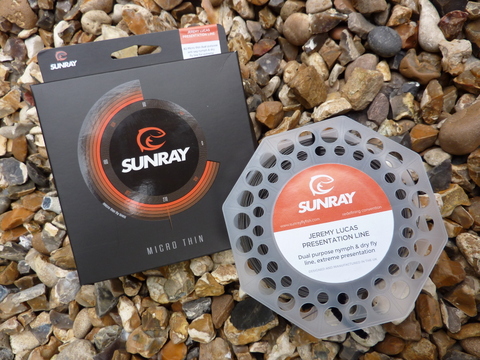

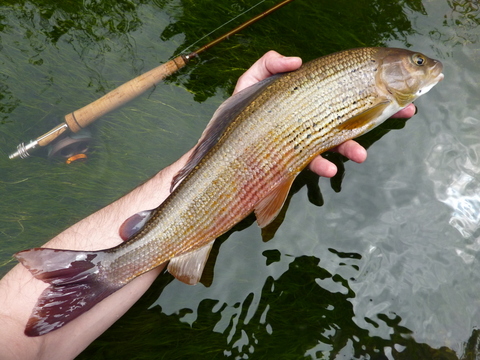
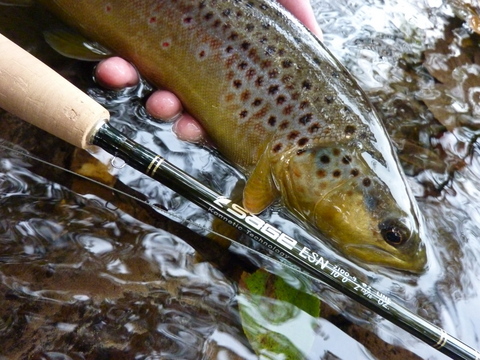

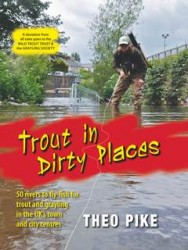
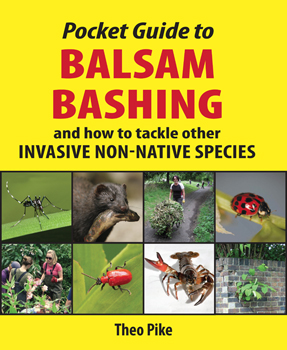
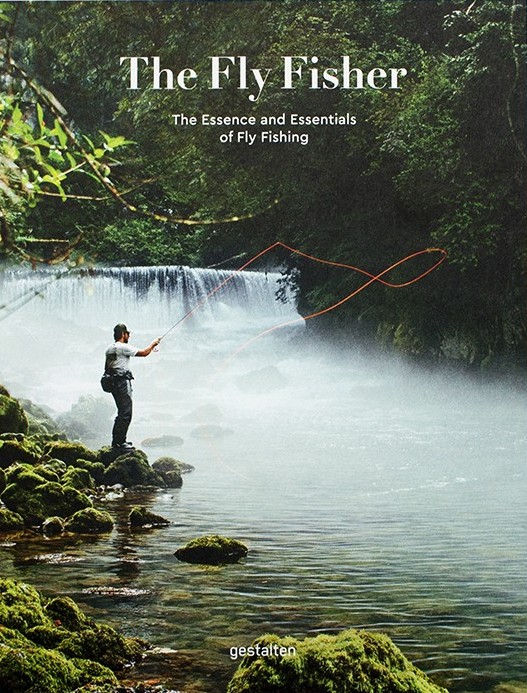
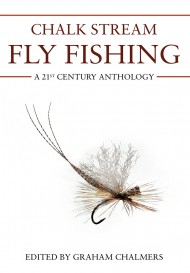
I bought into Jeremy’s concept but have yet to try the lines I bought from him on wild loch trout in my favourite Sutherland lochs. Looks like they’re now obsolete anyway. I hope the new lines will work with my favourite Geoff Bucknall Superlite 2 to 4 wt rod
Simon, whatever lines you bought from Jeremy, I’m sure you’ll still be able to put them to excellent use. I’d be fascinated to hear how you find they work on your Bucknall rod… now he was one of the original ultra long, light fly-fishers!
[…] […]
Lovely article, Theo. I’ll look into the lines now. Have they moved on / are there others to consider now?
I’m coming to ultralight fly fishing from the other end, with tenkara rods normally strapped to my pack or bike when wild camping in the hills, but now I’m looking to divert from my Sage XP 590 covering “everything that needs a reel” (except Salmon), to add another rod, and am looking at the ESN. I was leaning towards the 10ft 6″ #3, but see you have the 10ft #2… Any strong reason for me to reconsider? Main use case is nymphs (to learn the modern long leader style, which I’m hoping is similar to some of the tenkara fishing I currently do), and doubling up for dry flies when travelling light.
Best, James
James, sorry for delay in getting back to you… as far as updates to the Sunray range are concerned, I think some of the line colours may have changed to make them look more conventional (personally I’m still quite a fan of the old dark grey) but otherwise AFAIK they’re basically the same.
Re the ESN: Sage rods have a reputation for being fast and sometimes wanting a little heavier line weight, and I think the ESN fits this pattern, though it’s still absolutely ideal for small river contact nymphing. If you wanted to throw bigger indicator rigs on larger rivers, going up to a 3-weight might make it all a bit more comfortable with that very flexible tip, and the extra 6 inches would give you more reach: I’ve sometimes felt just a little undergunned on big rivers like the Taff. Then again, you’ve come to this from tenkara, so your conclusions might easily end up where I have, loving the feel of the lighter weight and accepting less beef at times?
Thanks again for getting in touch!
Theo